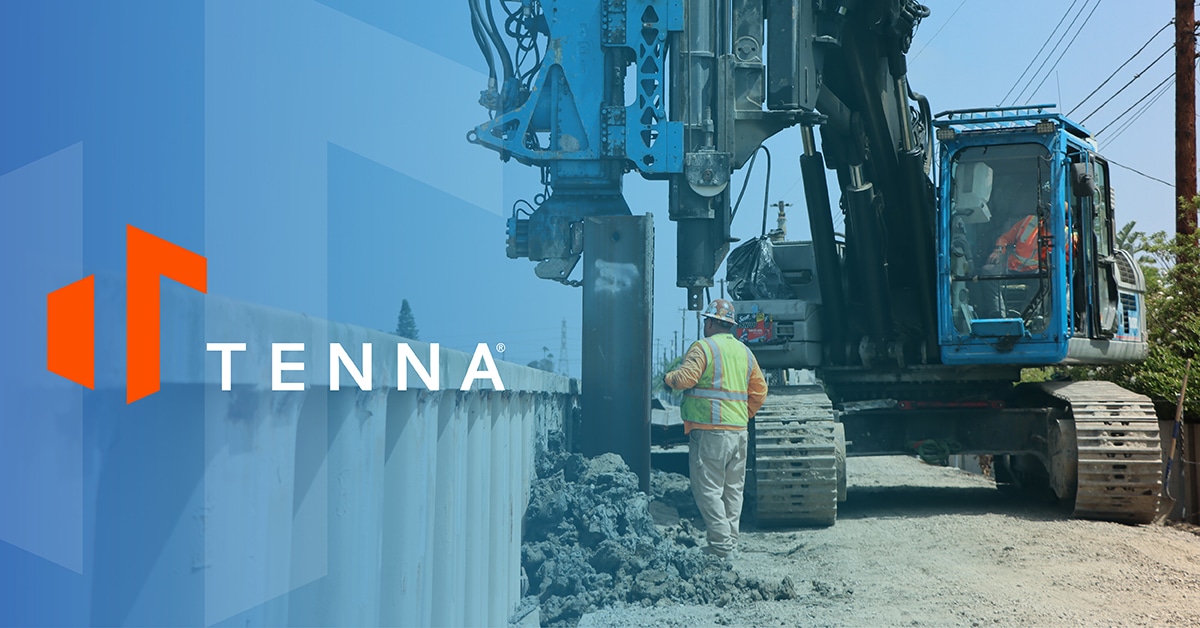 Death and taxes may be inevitable, but contrary to what some may think insurance doesn’t have to fall into the category of inevitable and insurmountable challenges—especially for the construction industry. While current challenges to the industry can also create FUD for the insurance industry (fear, uncertainty, doubt), advances in equipment management technologies can also ease the concerns of insurance companies while improving construction’s bottom line.
Death and taxes may be inevitable, but contrary to what some may think insurance doesn’t have to fall into the category of inevitable and insurmountable challenges—especially for the construction industry. While current challenges to the industry can also create FUD for the insurance industry (fear, uncertainty, doubt), advances in equipment management technologies can also ease the concerns of insurance companies while improving construction’s bottom line.
Let’s talk about what those challenges are and how a robust equipment management system can not only improve your productivity and financial health, but also positively affect discussions with insurance carriers.
Challenges for Insurance and Construction
According to PropertyCasualty360.com, more than 20 new casualty market carriers entered the insurance space between 2020 and 2022. This increase in carriers—many of whom were aggressively pursuing new business deals—created a more favorable price environment for umbrella and liability insurance. But for the construction industry, lingering pain points can interrupt possible savings when insurance shopping.

Labor Shortages
The Associated Builders and Contractors Association predicts that 546,000 new workers will be needed in 2023 to meet the increased demands for new construction. With the passing of the Infrastructure Investment and Jobs Act, the demand for infrastructure improvements and new housing joins a commercial boom that is stretching the construction industry to its limits.
Why does this influence insurance rates? Construction is an industry with inherent dangers, particularly if laborers are not skilled and trained. The fear is that projects will be understaffed, or companies will rush new employees through training to keep job sites operational and contractual obligations on track.
Brokers and carriers are more likely, in this environment, to look closely at training and safety protocols and procedures in addition to accident rates and past safety issues.
Supply Chain Issues
Supply chain issues can potentially affect insurance rates for businesses that are heavily reliant on imported or exported goods. For example, if a construction company relies on a specific type of raw material that is experiencing supply chain disruptions, it could result in project delays, which could in turn impact revenue and ultimately affect the company’s ability to pay insurance premiums.
Additionally, supply chain disruptions can lead to an increase in cargo theft or damage, which can result in higher insurance claims and potentially higher insurance rates. Supply chain issues can also affect the overall economy, which could lead to changes in interest rates and inflation, both of which can indirectly impact insurance rates.
Changing Environmental Regulations
The construction industry is subject to a range of environmental regulations at the local, state, and federal levels. Some emerging regulations include:
- – Green building codes that require construction projects to meet certain environmental standards, such as using energy-efficient materials and systems, and reducing water consumption.
– Climate change regulations to reduce greenhouse gas emissions from construction equipment, or to design buildings to be more resilient in the face of extreme weather events.
– Stormwater management to implement measures that capture and treat stormwater runoff, such as installing rain gardens or bioswales.
– Hazardous materials management that requires companies to implement measures to safely handle and dispose of these materials, or to use alternatives that are less harmful to the environment.
– Waste management measures to reduce waste and increase recycling. For example, construction companies may need to separate and recycle materials like concrete, metal, and wood. 
- Environmental risks
can result in significant financial losses for construction companies, and insurers consider them when determining insurance rates. Compliance with environmental regulations can be expensive, and failure to comply can result in fines and penalties. Additionally, accidents, such as spills or leaks, can result in significant cleanup costs and potential liability for damages.
How Equipment Management Can Help
Effective equipment management like Tenna can provide several insurance benefits.
- 1. Reduced Risk of Equipment Breakdowns
By implementing a proactive maintenance program, companies can reduce the risk of equipment failures, which can lead to costly repairs or replacements. Insurance providers may offer lower premiums to companies that have a proven track record of maintaining their equipment. - 2. Improved Safety
Regular maintenance and inspections of equipment can find potential safety hazards, which can help prevent accidents and injuries in the workplace. This can result in lower workers’ compensation claims and fewer liability claims. Vehicle and equipment safety cameras can provide additional evidence of either unsafe practices to be mitigated with training or exonerating videos of employees performing as desired and not liable for accidents or other damages. Systems that include driver scorecards help safety managers ensure that drivers are following standards for safe transport, protecting the company from damages and personal injuries to employees or others. - 3. Enhanced Asset Protection
In addition to protecting expensive owned or rented assets, equipment management systems using BLE (Bluetooth Low Energy) technology can be applied to track the location of consumable materials, especially those affected by supply chain shortages that are more susceptible to theft. Insurance providers may offer lower premiums to companies that have effective security measures in place, such as tracking systems and active notifications when items move outside of designated areas or during off hours. - 4. Reduced Downtime
Equipment breakdowns can cause significant downtime and lost productivity. By properly maintaining and repairing equipment, companies can minimize downtime and ensure that operations run smoothly. This can result in fewer business interruption claims.  Having the Right Conversation with Your Carrier
Having the Right Conversation with Your Carrier
Many insurance providers offer discounts or reduced premiums for companies that have an effective equipment management system in place. To take advantage of these discounts, companies should work with their insurance provider to decide what types of equipment management programs and protocols are needed to qualify for possible discounts. This may include implementing a regular maintenance schedule, conducting regular inspections, and having a system in place for tracking and documenting equipment maintenance and locations.
By taking a proactive approach to equipment management and working with their insurance provider, construction companies can help reduce risk and save money on their insurance premiums.
Tenna is built to solve construction challenges. Users gain more control over resource management, oversight for safety and compliance needs, and full visibility over costs, equipment utilization, and risk management while adding improved communication. For more information, visit www.tenna.com.
